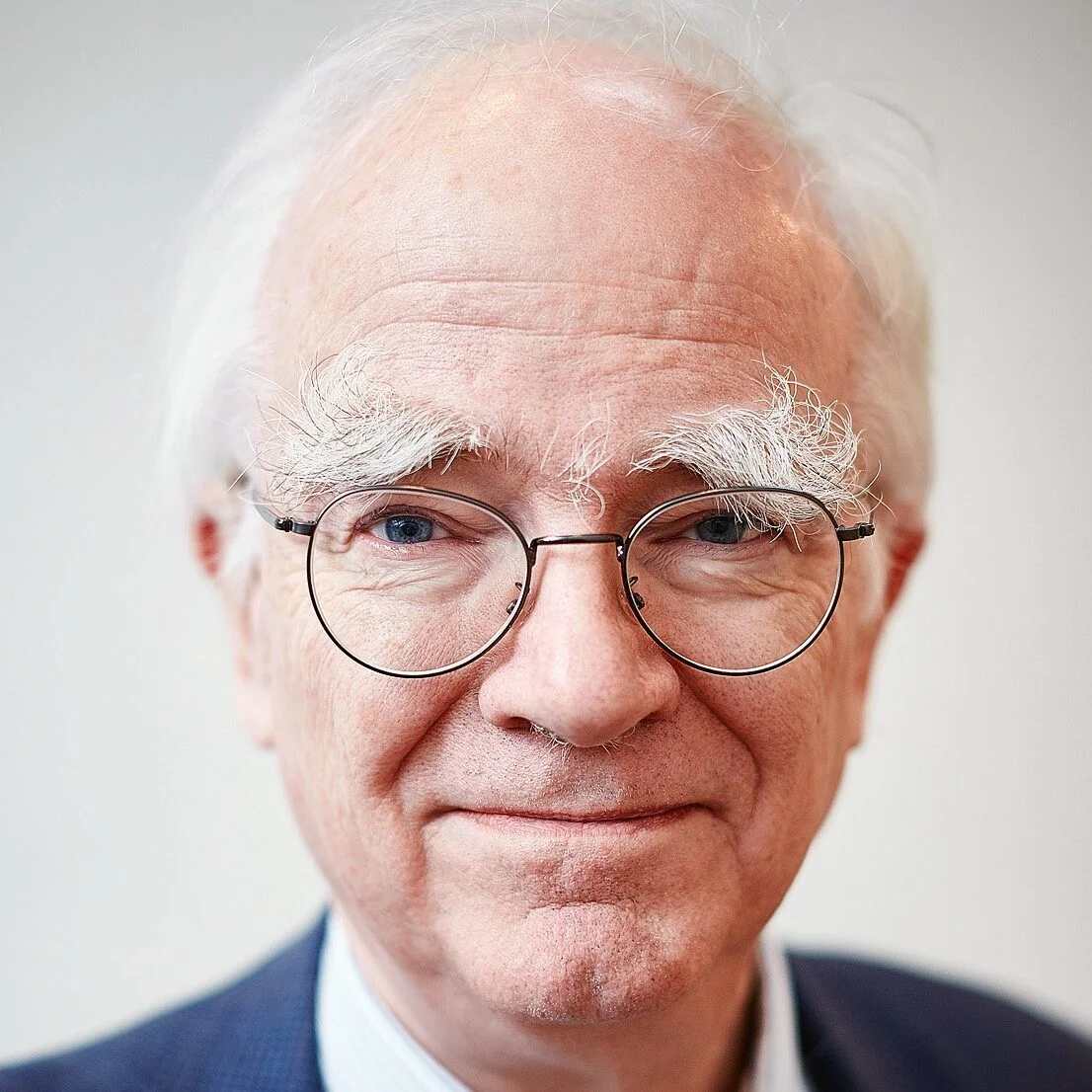Harvard Chan NIEHS Center for Environmental Health
The Harvard Chan National Institute of Environmental Health Sciences (NIEHS) Center for Environmental Health is a coordinated set of resources and facilities supporting environmental health research and training activities throughout the greater Boston area. The center promotes integration between basic and applied environmental science, and fosters collaborations that cross departmental and institutional boundaries.
Building 1-1402
News
-
Joe Allen pens op-ed in the Atlantic about clean air in offices
“Americans spend 90 percent of our lives indoors. You take 6,000 breaths in your workplace on an average day.” In an op-ed for The Atlantic Magazine, Harvard Chan School’s Joseph Allen makes the case for clean air in offices.

-
Meet Our Members: Wanda Phipatanakul, MD, MS
We’d like you to meet Wanda Phipatanakul, MD, MS, director of the Division of Immunology Research Center at Boston Children’s Hospital and S. Jean Emans Professor of Pediatrics at Harvard…

-
Peter James discusses the role nature plays in improving our mental and physical health on NPR
Assistant Professor in the Department of Environmental Health Peter James speaks with Martha Bebinger, NPR Weekend Edition Saturday, about how trees could be a mental, physical, and climate change antidote.

-
Mary Rice speaks on climate and health alongside Secretary John Kerry for Harvard Grand Rounds
The Harvard Medical Grand Rounds, held Sept. 8, 2021, focused on: “Fossil Fuel Pollution and the Climate Crisis: Patients, Practice, and Policy.” HMD Assistant Professor of Medicine and Center Member Mary Rice, MD, MPH, was one of the speakers, alongside Secretary John Kerry, United States Special Presidential Envoy for Climate.

-
Jaime Hart receives 2021 ISEE Tony McMichael Mid-Career Award
This award recognizes a mid-term career scientist for their scientific contributions to the field of environmental epidemiology as well as their commitment to, and demonstration of, exceptional mentoring. Related Topics…

-
Meet our members: Chris Golden, MPH, PHD
We’d like you to meet Assistant Professor of Nutritional and Planetary Health Chris Golden, MPH, PhD. Below, we ask Chris about his research working with populations in Madagascar and the South…

-
Nancy Krieger appointed to UNESCO International Scientific Committee
Nancy Krieger, professor of social epidemiology, was appointed in June as a member of the UNESCO International Scientific Committee for the Slave Route Project: Resistance, Liberty, Heritage, in recognition of her work on the consequences of racism and discrimination. She also was recognized by the American Journal of Epidemiology, which named her article “Cancer Stage at Diagnosis, Historical Redlining, and Current Neighborhood Characteristics: Breast, Cervical, Lung, and Colorectal Cancers, Massachusetts, 2001–2015” one of the 10 best of 2020.

-
New research: A benchmark dose analysis for maternal pregnancy urine-fluoride and IQ in children
Adjunct Professor of Environmental Health Philippe Grandjean and a team of researchers calculated benchmark dose (BMD) results based on the results from two North American prospective studies of prenatal fluoride exposure and childhood cognition. The manuscript was accepted in June last year, and the print version became available April 18, 2022 in Risk Analysis Volume 42, Issue 3, pp 439-449. The BMD results suggest that water fluoridation exceeds the exposure that causes a decline in IQ of at least 1 point.

-
WBEZ Chicago/NPR: Harvard study says clean electricity will prevent deaths
Center member Jonathan Buonocore, research scientist at the Center for Climate, Health, and the Global Environment at the Harvard T.H. Chan School of Public Health, speaks with NPR on how clean electricity will save lives.

-
Harvard Chan School study shows negative impacts of burning natural gas and biomass have surpassed coal generation in many states
New inventory of air pollution impacts from stationary sources over past decade shows trend may continue. A new study finds that burning natural gas, biomass, and wood now have more negative health impacts than burning coal in many states, and is a trend that may continue. The study from Harvard T.H. Chan School of Public Health published in Environmental Research Letters is the first to provide an inventory of the health impacts of each type of fuel burned at stationary sources from 2008-2017, based on available data.
